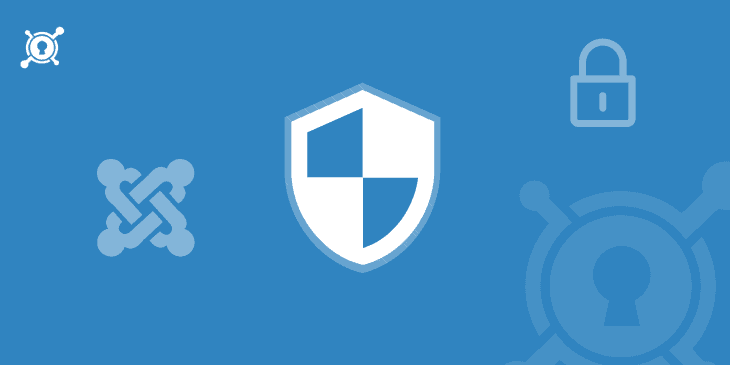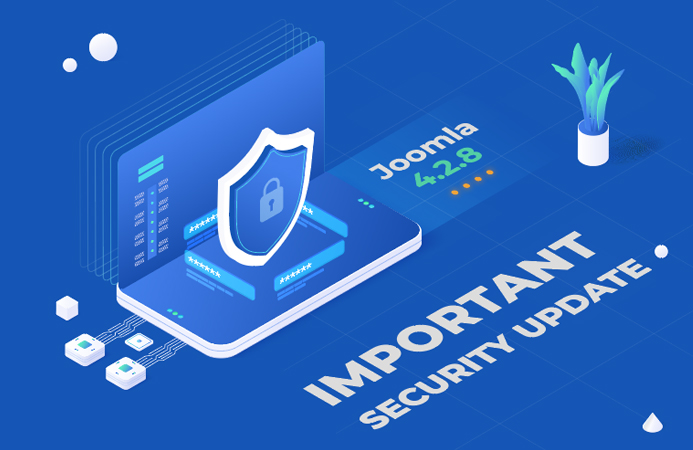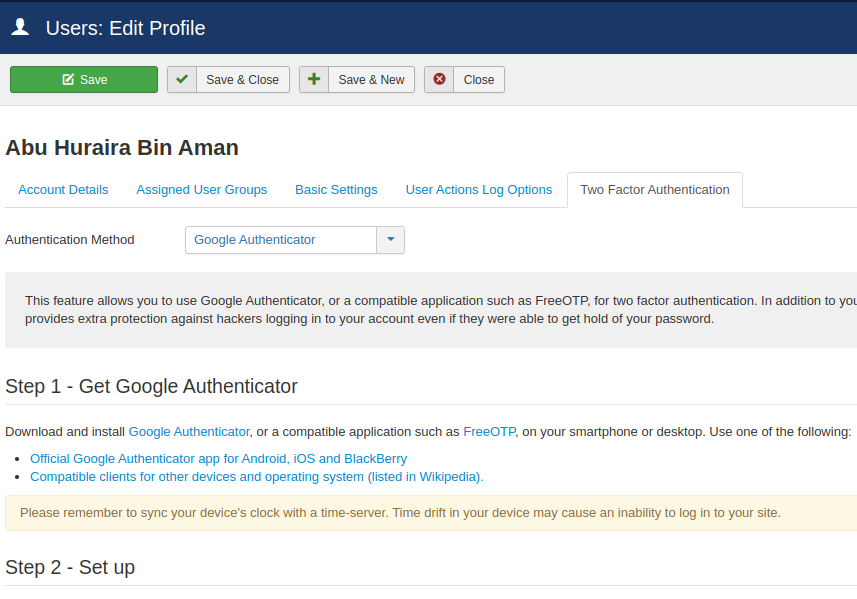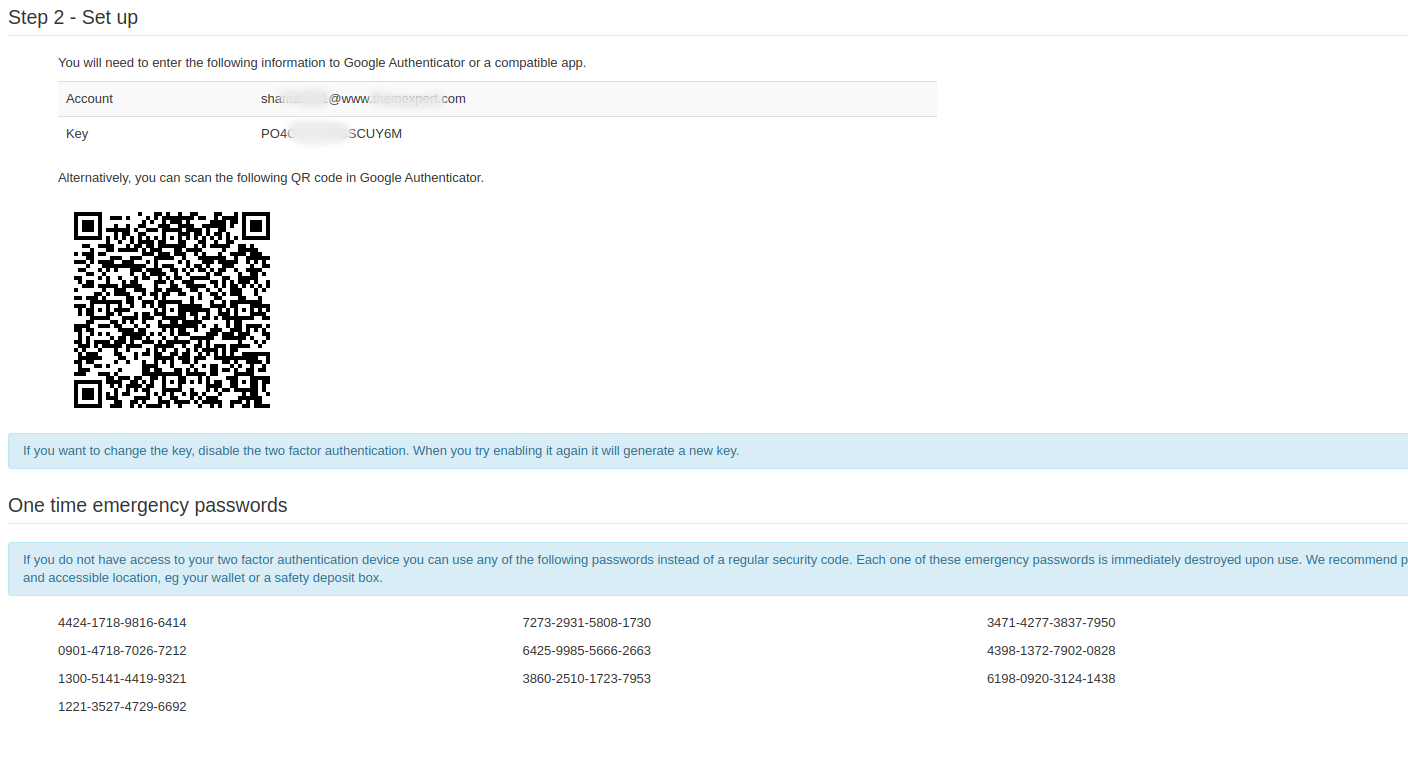Securing your Joomla website is crucial to protect it from potential threats and ensure the safety of your data. Here are some best practices to help enhance the security of your Joomla website:
.


Use the Latest Version of Joomla & Extensions
Keep Joomla Up-to-Date: Regularly update your Joomla installation, including the core software, themes, and extensions, to benefit from security patches and bug fixes.
Use Strong Password for Secure Administrator Login
Use Strong Admin Credentials: Choose a unique and strong username and password for your Joomla administrator account. Avoid using common or easily guessable credentials.
Delete Unwanted & Unsecured Extensions
Joomla is open source CMS and as an administrator, you may install many modules or extensions to try out new functionality in your site. It’s good to improve the functionality, but the bad thing is when you install a low-quality extension that will create flaws in your site. So, delete the extensions, which you are not going to use.
Take Backup Regularly
Backup is the life-saving process._ In case of, when things go wrong, backup is probably one of the quickest and best way to restore your online business operations. You should host your website in a reliable hosting company like SiteGround, who provides a good backup plan. Along with hosting backup, you may use an extension like Akeeba backup.
Monitor your Joomla Site
If your website goes down or defaced then how do you know? Use the StatusCake tool which monitors your website and notifies you through the email, slack or SMS when if website is not reachable. This is a free tool and you can take necessary actions immediately if needed.
Use a Powerful Security Extensions
Use a powerful extension that can fight against spam, known vulnerabilities, and known attacks like brute force attack, SQL Injections. There are many and security extensions available for Joomla in the Joomla extensions directory. Amongst them, R Antispam, Incapsula, and Security Check are best and effective ones. You may use one from these.
Implement Two-Factor Authentication
Two-Factor Authentication is an extra security layer that requires not only a username and password from the user but also require something that only, and only, that user has on them.
It will be a piece of information only the user should know or have immediately to hand such as a physical token or a random generated OTP (One Time Password).
OTP is a six numeric digit code_ that _generated by cryptographic functions_ in a short interval. Even if the hacker will get your Joomla administrator username and password, they would still require the OTP to logged in the system. If you want to enable the Two-Factor Authentication, it _requires Joomla 3.2.0 or higher version.
The steps to enable Two-Factor Authentication:
Joomla CMS has a built-in plugin for Two Factor Authentication (2FA). Here is how to enable and configure the 2FA plugin for your Joomla backend:
- 1. Log in to your Joomla admin dashboard.
- 2. Go to the “Extensions” menu and click on “Plugins.”
- 3. Search for the “Two Factor Authentication” plugin and click on it to access its settings.

- 4. Enable the plugin by setting the “Status” toggle to “Enabled.”
- 5. Update the plugin configuration to enable 2FA for the backend only. This can be done in the “Basic Options” section.
- 6. Click “Save & Close” to save your changes.
- 7. Edit your user account in the “Users” section of the Joomla backend.

- 8. You will now have a new tab or options for Two Factor Authentication.
- 9. Enable 2FA for your user account. You may need to input a secret key or QR code provided by the 2FA method you set up.
- 10. After you save your user profile, it will give you a one-time emergency password for recovery purposes.

- 11. You can use the Google Authenticator app, Authy app, or Microsoft Authenticator app to set up 2FA.
- 12. Test your 2FA setup by logging out and attempting to log back in. Make sure to have your 2FA device ready.
- 13. Consider enabling 2FA for all users on your website for added security.

That’s it! You have successfully enabled and configured the Two Factor Authentication plugin for your Joomla CMS backend, providing an extra layer of security for your site.
Use SSL Certification
Use SSL certificate on your site and force Joomla into SSL mode.
Before enable SSL mode be sure that you _have configured SSL certificate_ for your site’s domain, or you will not be able to enable this feature.
When you use an SSL certificate on your website, it will encrypt the user’s username and password before sent to your server over the internet.
Read our blog post to know – How To Enable SSL On Joomla Website?
Remember that website security is an ongoing process. Stay informed about the latest security trends, keep your Joomla website updated, and proactively implement security measures to protect your website and its data from potential threats





